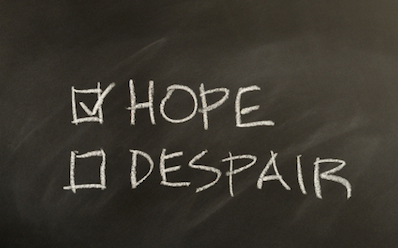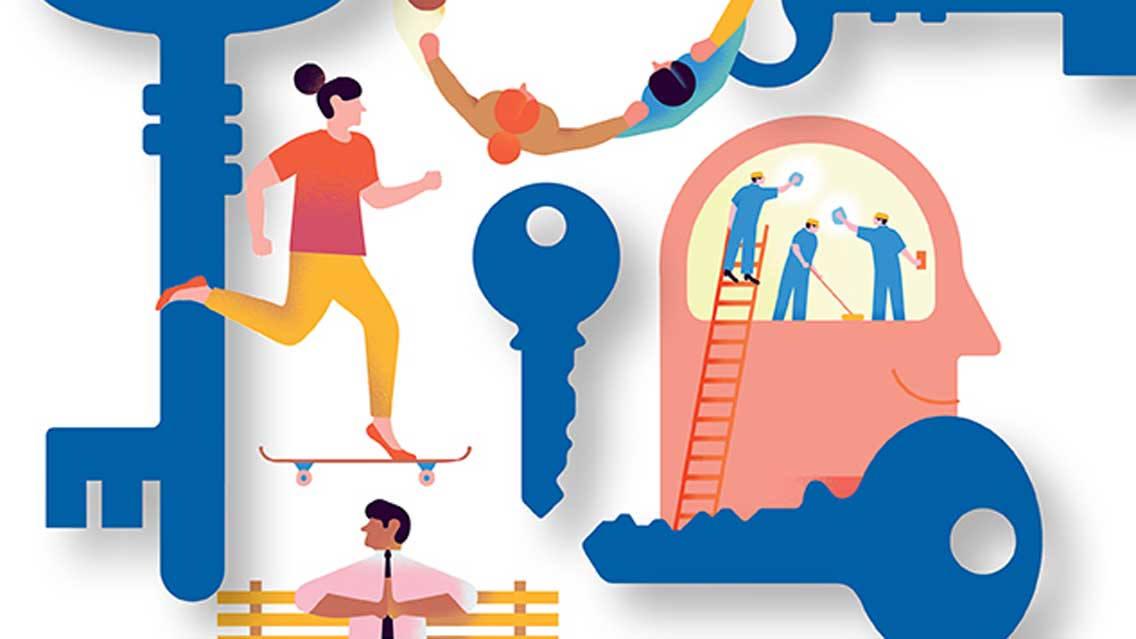Not all cultures have prohibitions on sadness. “I think we all assume that what we grew up with is the only way,” says Helen Russell, author of The Atlas of Happiness and How to Be Sad. “But actually, I think the U.K. and the United States are outliers in the desire to avoid sadness.”
For example, she notes that there’s no equivalent English term for the Chinese idea of xingfu, which expresses the notion that a good life may contain pain and difficulty as well as happiness and joy. And Russell found that displaying sadness is considered OK in East Asian cultures.
Similarly, there’s no English equivalent of the Portuguese word saudade — the bliss of melancholy, where one savors the memory of bygone happiness or feels nostalgic for something that never happened.
Being able to face sadness and grief can help us learn to live with those experiences, and then we don’t have to spend our lives running from them.
Periods of sadness can even improve our emotional and relational health. University of New South Wales researchers discovered that study participants in negative mood states displayed improved memory and greater motivation. Other studies have found that sadness may improve judgment and, in some cases, make us more generous and enhance our communication.
When Russell was finally ready to explore her decades-buried grief with a therapist, she felt freed. “I had to sit with that sadness,” she recalls. “It was painful, and it was uncomfortable, but riding that wave is hugely liberating.”
In the United States, expressing sadness can cause others to shy away. Americans prize optimism, so most of us don’t learn how to be comfortable with sadness in others or in ourselves. But no one is immune to loss and difficulty. Being able to face sadness and grief can help us learn to live with those experiences, and then we don’t have to spend our lives running from them.
Russell suggests the following practices:
- Permit yourself to feel sadness. This can be the hardest part, so ease into this by first admitting your feelings to yourself. “I feel sad” is a good place to start.
- Make time for sadness. This emotion asks us to slow down. You may be less productive and feel less social for a time. That’s OK.
- Seek comfort but try to avoid deprivation and excess. Offer yourself small comforts; this can make it easier to resist impulsive choices.
- Talk to someone. Be it a therapist, friend, mentor, or faith leader, seek out someone who can listen without judgment and without interrupting.
This was excerpted from “6 Difficult Emotions and How to Deal With Them” which was published in Experience Life magazine.





This Post Has 2 Comments
I feel that grief and sorrow become a part of us. All we need to give ourselves time and space to acknowledge our feelings. Depending on what you’re grieving, you should start to feel better over time. Great loss takes a longer time. Yet acceptance of the sadness and joy of the past is part of the healing process. It’s part of life. Once we accept this, life seems better. I experienced it in past, But from my doctor through telehealth Ongo Care, I am better now.
I believe that sorrow and grief become a part of us. All we need to give ourselves time and space to acknowledge our feelings. Depending on what you’re grieving, you should start to feel better over time. Great loss takes a longer time. Yet acceptance of the sadness and joy of the past is part of the healing process. It’s part of life. Once we accept this, life seems better. I experienced it in past, But from my doctor through telehealth Ongo Care, I am better now.